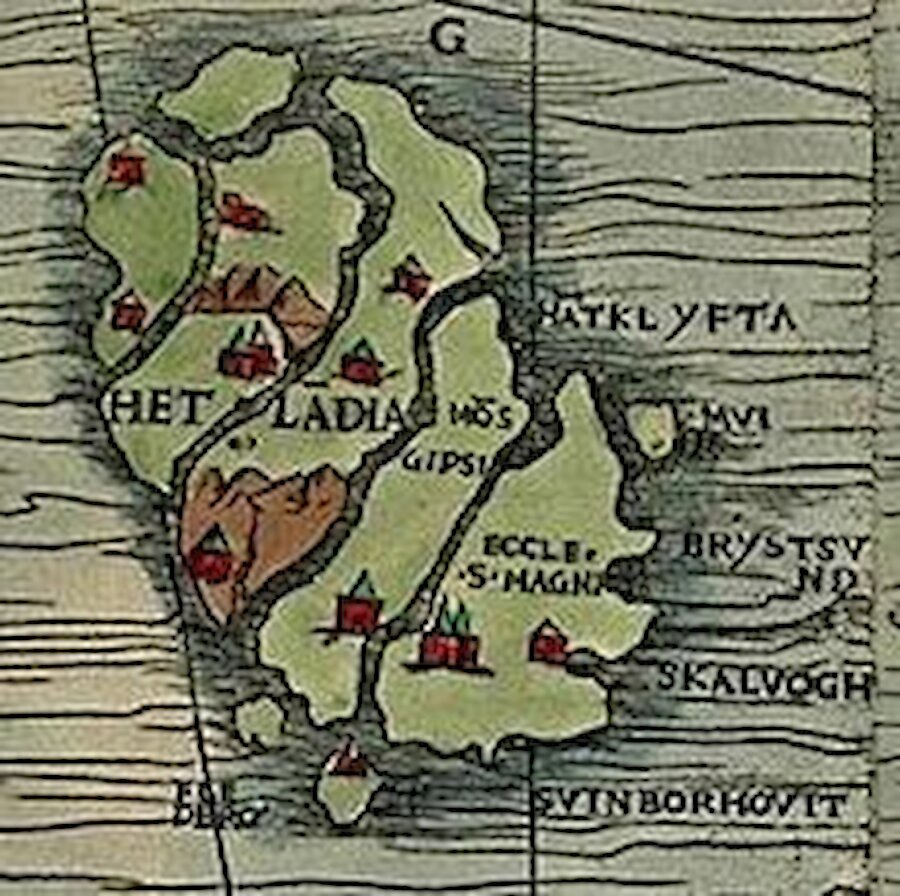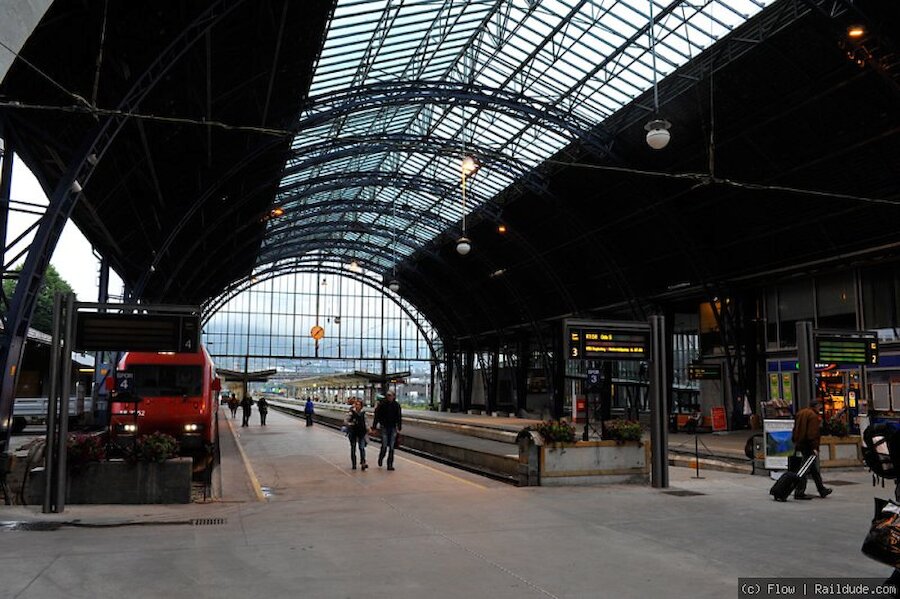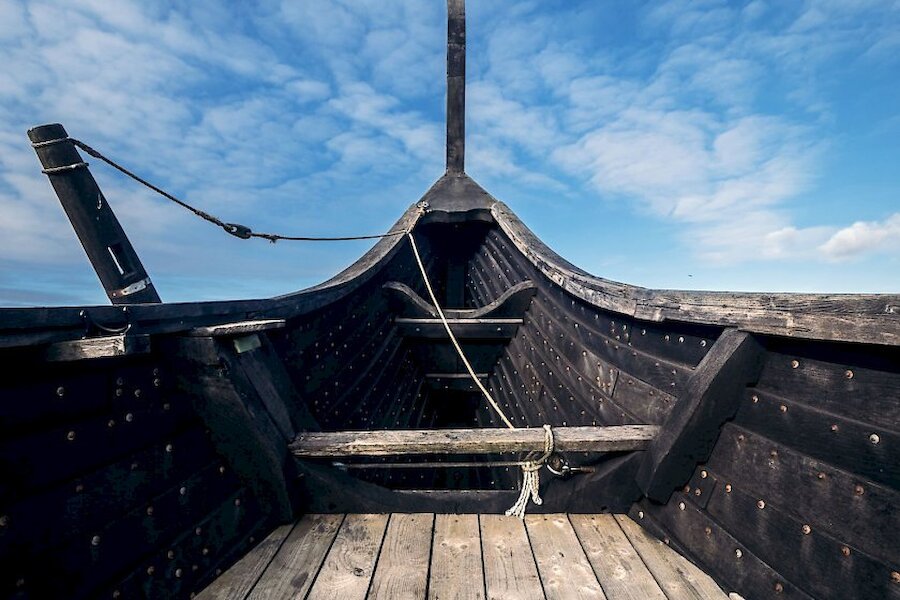What, you mean 'The Shetlands'?
No. It’s not and never has been and never is ‘The Shetlands’. Despite what that botoxed TV newsreader said five minutes ago. Despite what it says in your newspaper, magazine, dictionary or that guy you met down the pub who says he used to work in the North Sea oil industry. It’s not ‘The Shetlands’. It’s ‘Shetland’, singular.
It’s singular in Norse (Hjaltland) Faroese (Hetland) and ‘Shetland’ is simply a phonetic transliteration taken from a drunk Norseman with no teeth by an even drunker Scot with a shaky quill. ‘Hjalt’ and ‘Het’ both mean the hilt or cross guard of a sword, which is kind of the archipelago’s shape and captures the place’s geographical importance in terms of warlike raiding of the (much more fertile and lucrative) bits of land to the south.
From a Celtic southerner’s point of view, that is to say, in Gaelic, the uncivilised lumps of rock north of Orkney were known as Inse Catt, ‘Islands of the Cat People’, which simply goes to show that the late David Bowie’s least creative period was a lot earlier than anyone suspected. Putting out fire with gasoline, indeed.
Ahem. ‘Cat People’ would be a reference to the nasty wee hairy Picts who survived in Shetland longer than anywhere else, inside their upside-down stone-built flowerpot redoubts, the ones known as brochs. Until the vikings got round to wiping them out.
Incidentally, while research has proven that the Shetland population contains large quantities of Scandinavian genetic stuff, there is a theory that the Norsemen who stayed in (but not ‘on’; you are never ‘on The Shetlands’. You are ‘in Shetland’.) Shetland were rubbish vikings. They were the ones who whinged, the ones who got seasick, the ones who got ill, the ones nobody liked. The fearties who wanted off at the first landfall, or were unceremoniously dumped so the brave, fully-sea-legged-lads could go on their merry way, pillaging like crazy. The ones who stayed in Orkney were the farmers who saw all that fertile greensward and thought, och aye, this’ll do. We shall establish a bourgeoisie!
But as I say, that’s only a theory.



